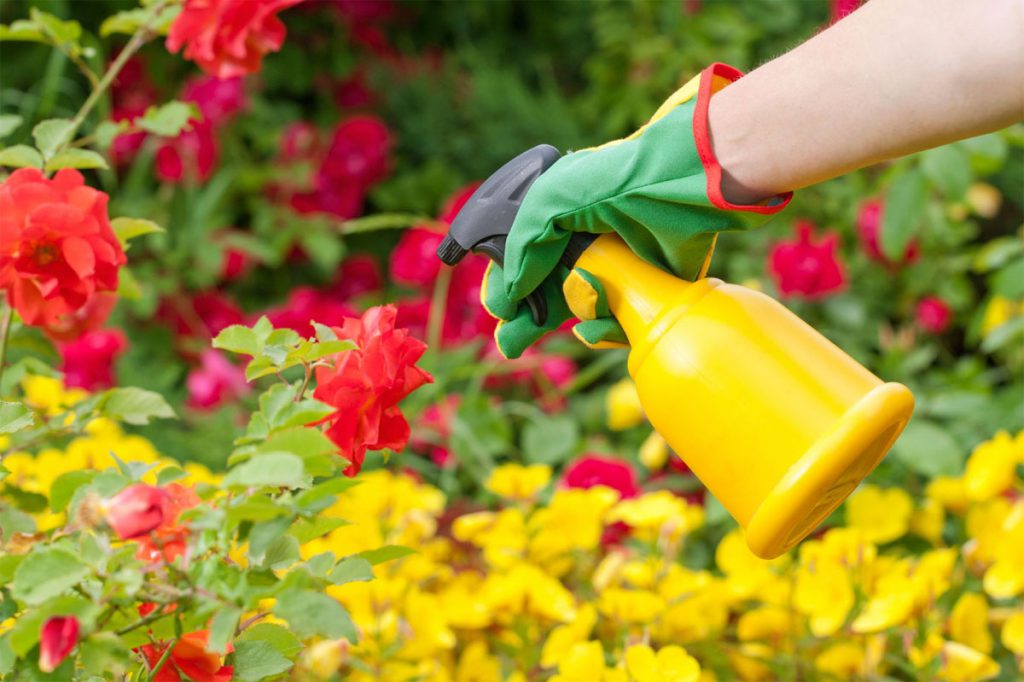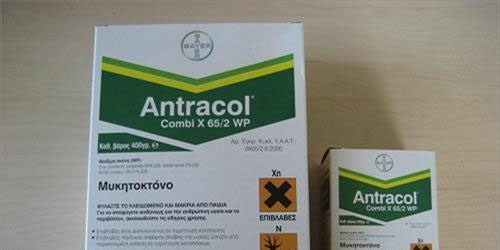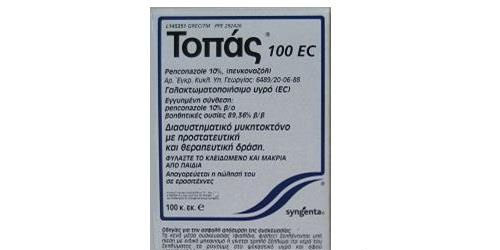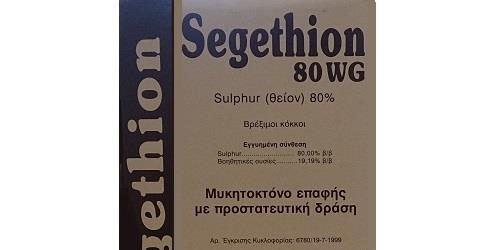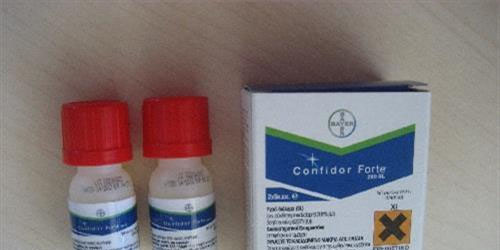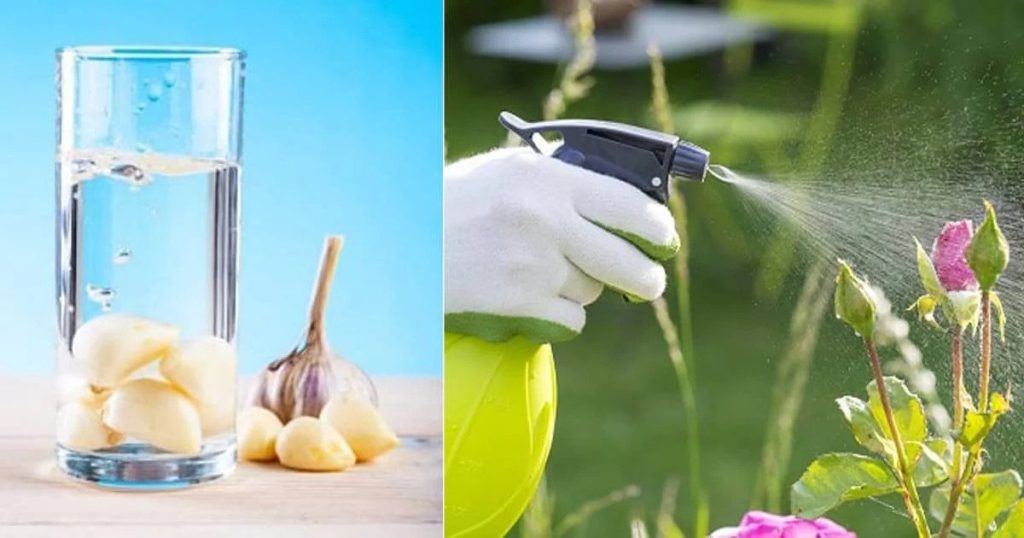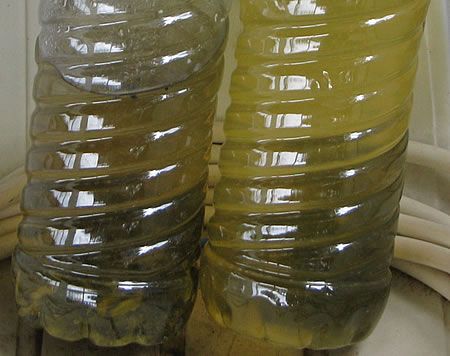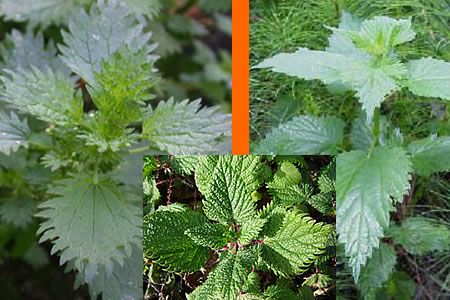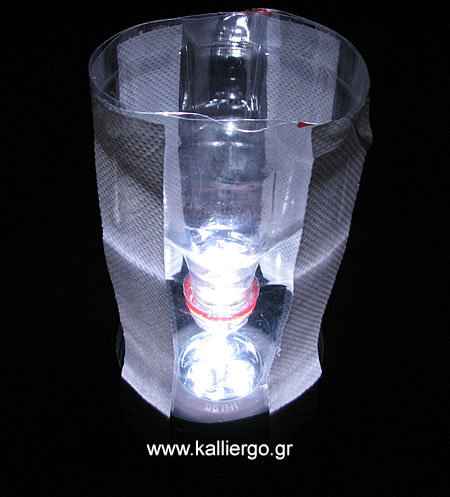On the label of pesticides, insecticides, fungicides we will find some indications in Latin characters. What do they mean? How do they inform us about the nature and the way of use of the pesticide?
For example, what do WP, EC, WG, SL mean on the labels of Antracol, Topas, Segethion, Confidor respectively?
What does WP on the label of Antracol mean?
What does EC stand for in the Topas label?
What does the WG on the Segethion label stand for?
What does the SL on the Confidor label stand for?
What does a pesticide consist of?
Every pesticide (insecticide, fungicide) marketed under a trade name is essentially made up of an active ingredient and a number of other auxiliary ingredients.
The active ingredient is a substance that protects the plant, kills insects and fungi or inhibits growth.
The other ingredients that make up the pesticide are used to facilitate the application of the active ingredient. They may be solvents, carriers, or any other adjuvant compound other than the active ingredient, added intentionally.
There are many types of auxiliary ingredients
Solvents are liquids that dissolve the active ingredient.
Carriers are liquid or solid chemicals that are added to a pesticide to help deliver the active ingredient.
Adjuvants help the active substance to adhere or spread on the application surface.
Interpretation of characters on pesticide labels
For any given insect or fungal infestation treatment, we will find many different pesticides because of the different active ingredients used, the solubility of the active ingredients, the ability to control the infestation, ease of control and transport.
Below you will find the Latin characters listed on the pesticide labels next to their trade name. They consist of two Latin characters that identify the type of drug and contain instructions for their use.
AE
Aerosol dispenser
AL
Other liquids to be applied undiluted
AP
All other products to be applied undiluted
BR
Briquette
CB
Bait concentrate
CP
Contact powder
CS
Capsule suspension (Tiny capsules which are diluted in water and form a suspension)
DC
Dispersible concentrate
DP
Dustable powder
DS
Powder for dry seed treatment
DT
Tablets for direct application
EC
Emulsifiable concentrate (The active substance is in an organic solvent which, when diluted in water, gives an emulsion)
EG
Emulsifiable granule
EO
Emulsion, water in oil
EP
Emulsifiable powder
ES
Emulsion for seed treatment
EW
Emulsion, oil in water (The active substance is dispersed in the form of small beads of organic nature in water)
FS
Flowable concentrate for seed treatment (For seed coating, after dilution in water)
FU
Smoke generator (Solid formulation which, after ignition, releases the active substance in smoke)
GA
Gas (The active substance in the form of a pressurized gas applied by a special technique)
GE
Gas generating product (The active substance is released after a chemical reaction in the form of a gas)
GL
Emulsifiable gel (A gelatinous preparation which is diluted in water to give an emulsion)
GR
Granule (Ready-to-use preparation in the form of granules)
GS
Grease
GW
Water soluble gel
HN
Hot fogging concentrate
KK
Combi-pack solid/liquid*
KL
Combi-pack liquid/liquid*
KN
Cold fogging concentrate
KP
Combi-pack solid/solid*
LN
Long-lasting insecticidal net
LS
Solution for seed treatment
MC
Mosquito coil
ME
Microemulsion
OD
Oil dispersion
OF
Oil miscible flowable concentrate (oil miscible suspension)
OL
Oil miscible liquid (Ready-to-use formulation or formulation requiring dilution in an organic solvent)
OP
Oil dispersible powder
PA
Paste
PR
Plant rodlet
PS
Seed coated with a pesticide
RB
Bait (ready for use)
SC
Suspension concentrate (= flowable concentrate)
SD
Suspension concentrate for direct application
SE
Suspo-emulsion
SG
Water soluble granule
SL
Soluble concentrate
SO
Spreading oil
SP
Water soluble powder (A fine powder that dissolves in water, giving a solution of the active substance and also of inert materials)
ST
Water soluble tablets
SU
Ultralow volume (ULV) suspension
TB
Tablet. (Tablets with the active substance requiring dissolution in water)
TC
Technical material
TK
Technical concentrate
UL
Ultra-low volume (ULV) liquid
VP
Vapour releasing product (Liquid formulation releasing the active substance as a vapor or ready-to-use ampoules releasing the active substance in a controlled manner)
WG
Water dispersible granule (Granules which degrade in water and form a suspension)
WP
Wettable powder (Fine granular formulation which is diluted in water and forms a suspension)
WS
Water dispersible powder for slurry treatment (Powder that dissolves in water to a high concentration to form a paste, for seed coatings)
WT
Water dispersible tablets
XX
Others
ZC
Combination of CS and SC
ZE
Combination CS and SE
ZW
Combination CS and EW
Attention and responsibility in the use of pesticides!
If you need to spray with a pesticide, see the indications on the effect it will have on bees. Do not spray if the plant is in flowering phase and is being visited by bees.
Agronomist Koliopanos Sotiris, M.Sc reports on the safe use of pesticides.
Never use pesticides if you are not sure about what you are doing.
Read carefully all the safety rules, combinations, dosage and spectrum of action of the pesticide product.
Never combine pesticides, with each other or with fertilizers if you are not sure of the combinatorial properties. Even formulations that are combined, you are never sure of the final pH of your formulation unless you do the necessary testing. You will create formulation destabilization or phytotoxicity in your plants.
Formulations do not act the same way in dissimilar conditions of temperature, sunshine, humidity.
Never exceed the pesticide dosage. You will not get a better result and the pesticide will end up , through the environment or food chain, in your own body.
If you are unsure about spraying (even if you have obtained State Sprayer Certification – however you got it), always ask your Agronomist about the day and time of application, how to prepare the solution and how to apply it.
Get quality spray protection equipment. Keep it in good condition (gloves or suits without holes etc., washing after spraying, masks according to specifications).
Be aware that a dose of pesticide is always received by the sprayer, with various routes of entry into the body (e.g. facial skin – eyes). Protect in the same way the accompanying person you have with you.
Attention to children. Children have no reason, to know where you have the pesticides or to have access to them. Never let children come into contact with pesticides in any way. Never have children accompany you , even at a distance at the time of spraying.
Ensure that there are no domestic animals around or near the crop, for all days of pesticide deficiency. Pay close attention to protecting insect pollinators.
Do not leave packages, near wells, streams, rivers or boreholes. Never burn pesticide packages (very toxic gases are created). Our country has a return system for packaging.
Sources
https://en.wikipedia.org/wiki/Pesticide_formulation
https://www.cipac.org/index.php/m-p/further-information/formulation-codes
http://npic.orst.edu/factsheets/formulations.html
Tags: FUNGICIDES • PESTICIDES • PLANT PROTECTION

